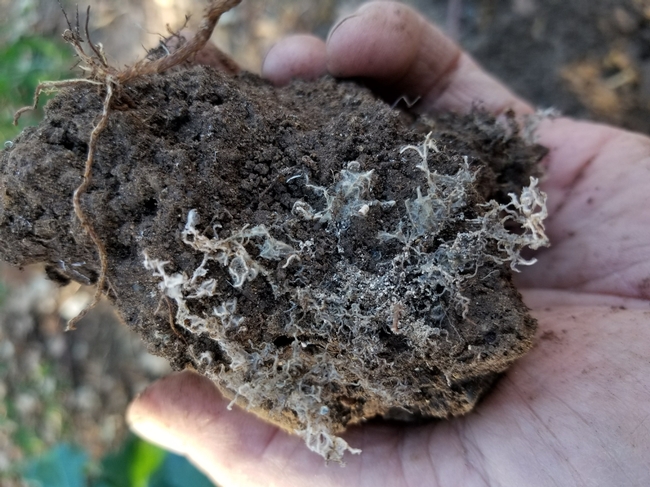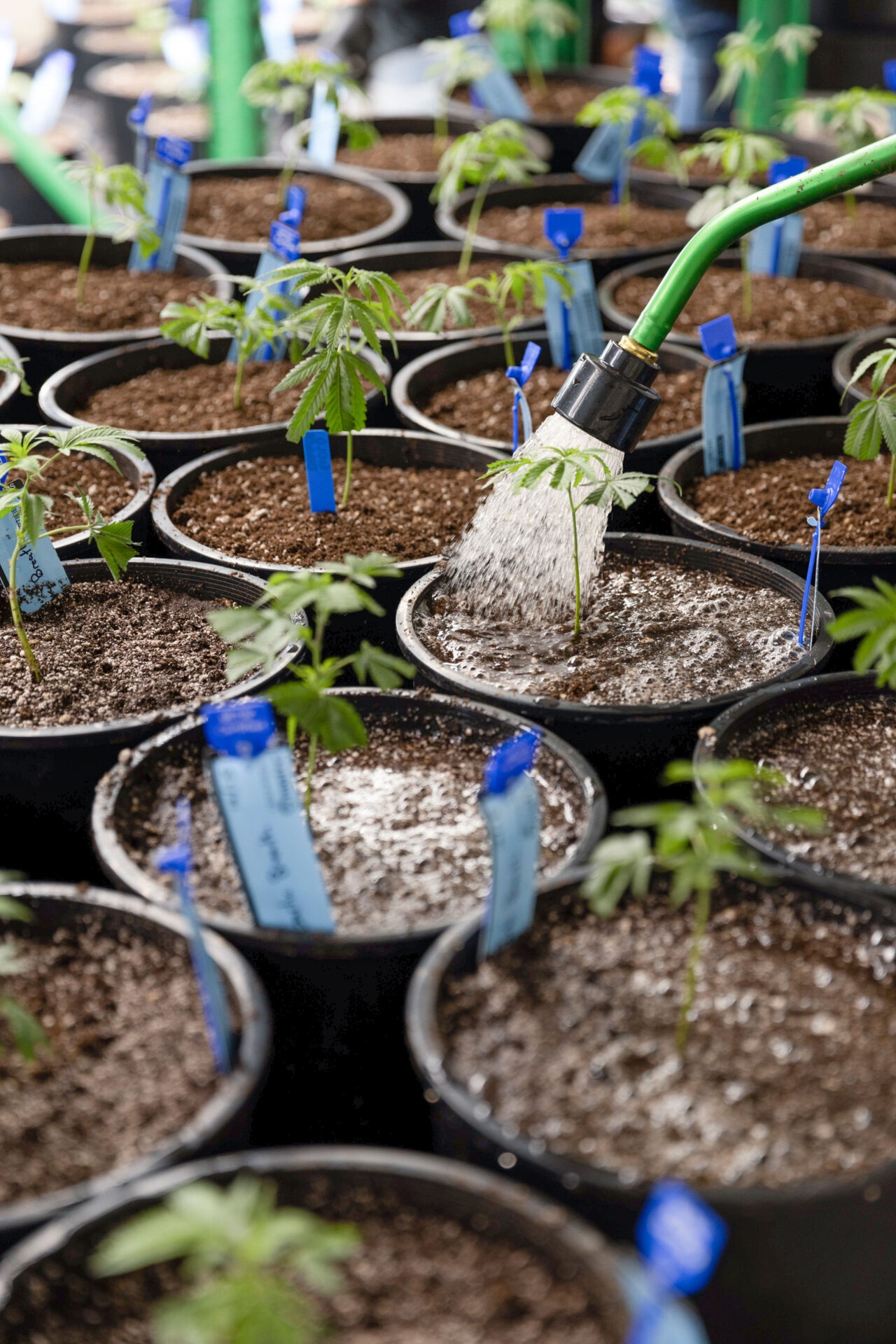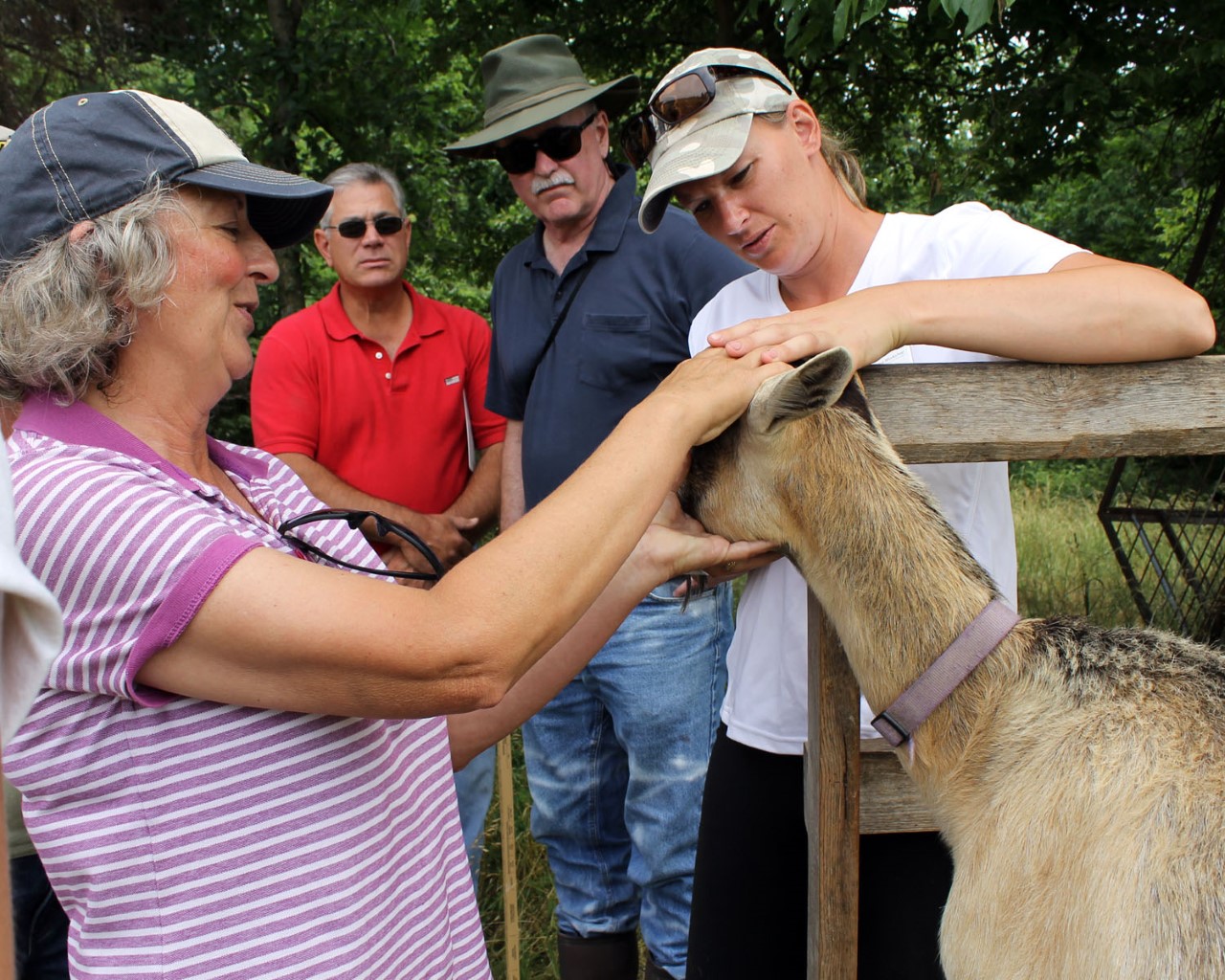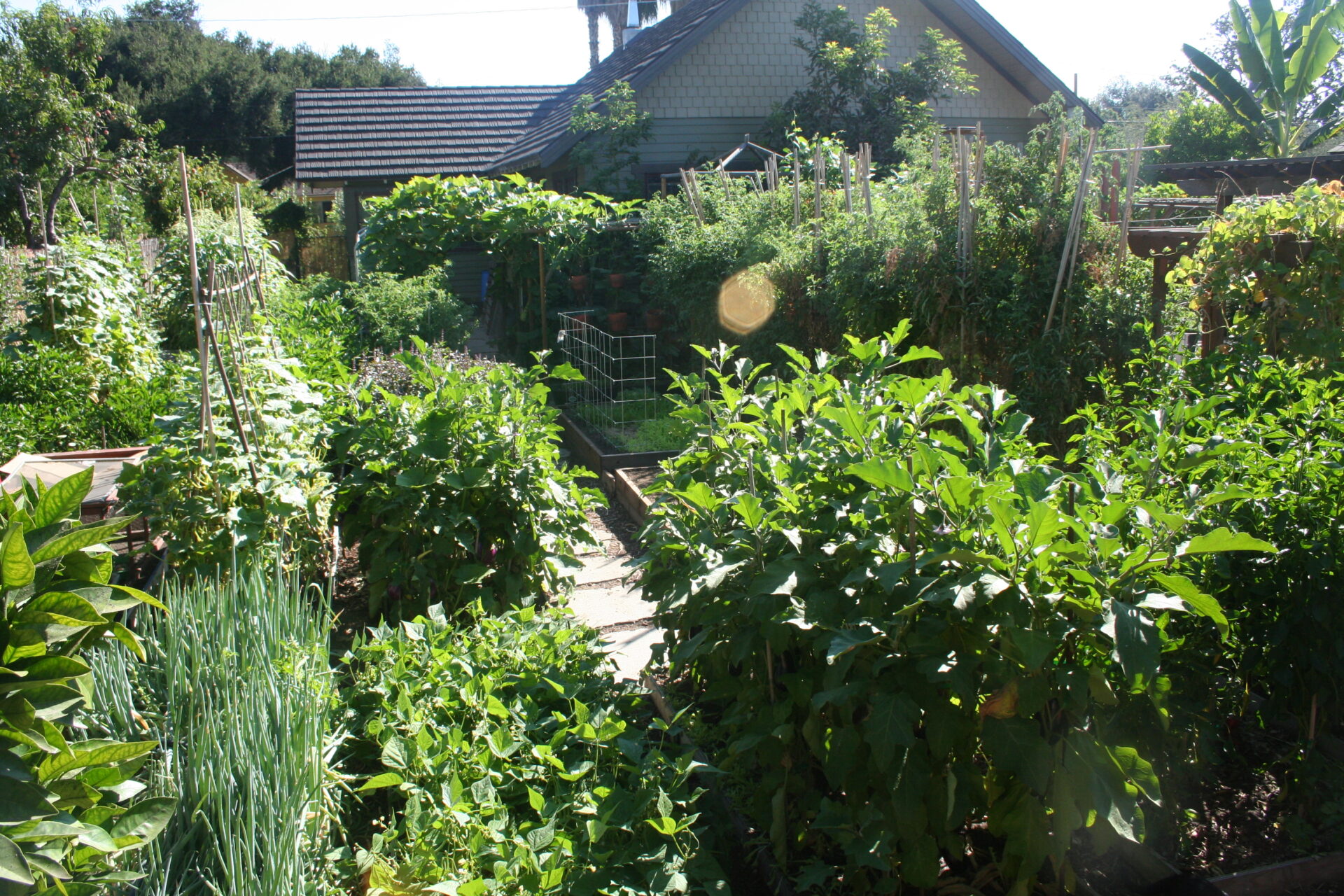
Dig up the roots of a healthy plant system and you’ll find an array of webbed filaments attached to the roots and soil. Those are mycorrhizal fungi, and they’re constantly at work promoting root system growth, nutrient efficiency and water absorption.
Mycorrhizal fungi are critical for the health of organic and conventional planting systems, fostering an important symbiotic relationship with the plant. But how do these fungi work and why do they work?
Symbiosis with the Plant
Mycorrhizal fungi and plants work together in the soil in symbiosis, where both the fungi and the plant interact with and benefit from each other. Historically, this relationship was hypothesized to have formed as a result of aquatic plants transitioning to terrestrial systems and accessing nutrients in rock substrates and/or soils.
“The plant gets nutrients and water, and the fungus gets carbon,” said Dr. Cristina Lazcano, assistant professor of soils and plant nutrition at UC Davis. “The fungus actually cannot survive without establishing this interaction with the plant. It needs to colonize a plant to produce spores and the next generation [of fungi].”
Dr. Lazcano said that the symbiotic interaction between the plant and mycorrhizal fungi is normally established when there is a need from the plant. “The interaction is expensive for the plant,” she said, noting that the plant will not interact with the fungi if it doesn’t need to. “The plant needs to pay back the fungus in the form of carbon that the plant photosynthesizes.”
Plants typically need to interact with mycorrhizae when there is low soil nutrient availability, according to Dr. Lazcano. She said that grower practices such as over-fertilizing to counter low nutrient levels in the soil will create a poor environment for mycorrhizal colonization.
“If the grower adds a lot of nutrients, plant-available phosphorus and nitrogen will decrease colonization rates by mycorrhizae,” she said. “It’s better to keep fertilizer inputs low or use organics. That will promote colonization by mycorrhizae.”
Dr. Lazcano noted that tillage also affects colonization rates of mycorrhizae. “Tillage obviously disrupts the soil and breaks the hyphae, which are the cells of the fungi, so it reduces colonization rates.
“Using cover crops, keeping living plants in the soil also helps that mycorrhizal population stay alive and active,” she continued. “So, in general, the management that is recommended to increase soil health will also help with improving colonization rates for mycorrhizae.”
What Should Growers Know?
A general misconception about mycorrhizal fungi is that simply inoculating a field with a product to boost mycorrhizal presence in the soil will automatically provide benefits. In reality, there are multiple aspects of the soil web that must work together for any benefit to be reaped from this fungus.
John Andreas of Soil and Crop Inc. said that good foundational nutrition, organic matter, minerals and accessibility to these is the best thing a grower can do to stimulate healthy mycorrhizal growth.
“Some people fall into the trap that all I have to do is put that [mycorrhizae] out and everything is going to be amazingly different, you know, ‘silver bullet’ mentality, and that’s just not the case,” Andreas said.
“It’s a powerful tool, but not standing on its own two legs. It’s just kind of a cornerstone product.”
CCA and SSp. Rich Kreps said that mycorrhizal fungi are regional, and the location of a soil and its available nutrients need to be considered when applying a mycorrhizal product. “Whatever is in your field is not the same as in Sequoia Park. If you live in Madera, it’s not the same as what you’ll find in McFarland.
“Mycorrhizae is definitely species-specific to a specific area in most parts,” he continued. “So, what you’ve got to do is you’ve got to increase your soil health to let the mycorrhizae do what it’s supposed to do. By increasing other forms of soil microbiota, you’re going to increase the propagation of the native mycorrhizae in your soil.”
Sterile soils lack of microbiota, which consist of organisms such as bacteria, archaea, protists, fungi and viruses, will not be able to propagate mycorrhizae well. To get an idea of what a given soil’s biology looks like, Kreps recommends conducting a soil respiration test, where soil is incubated at 68 degrees C with a moisture content of 72% for 24 hours.
“The offcasting of CO2 that comes out of that is going to be indicative of what your [soil] biology looks like,” he said. “If your soil is sterile, you’re not going to get much CO2 produced off of that ground.
“Increasing soil organic matter is going to greatly enhance the ability for soil biology then to flourish.”
Kreps warned that an anaerobic soil environment can be a major detriment to soil biology, including mycorrhizae. “You don’t want to go anaerobic for way too long,” he said. “That always has detriments; it may encourage detrimental diseases like pythium, phytophthora and fusarium. That’s never beneficial.”





